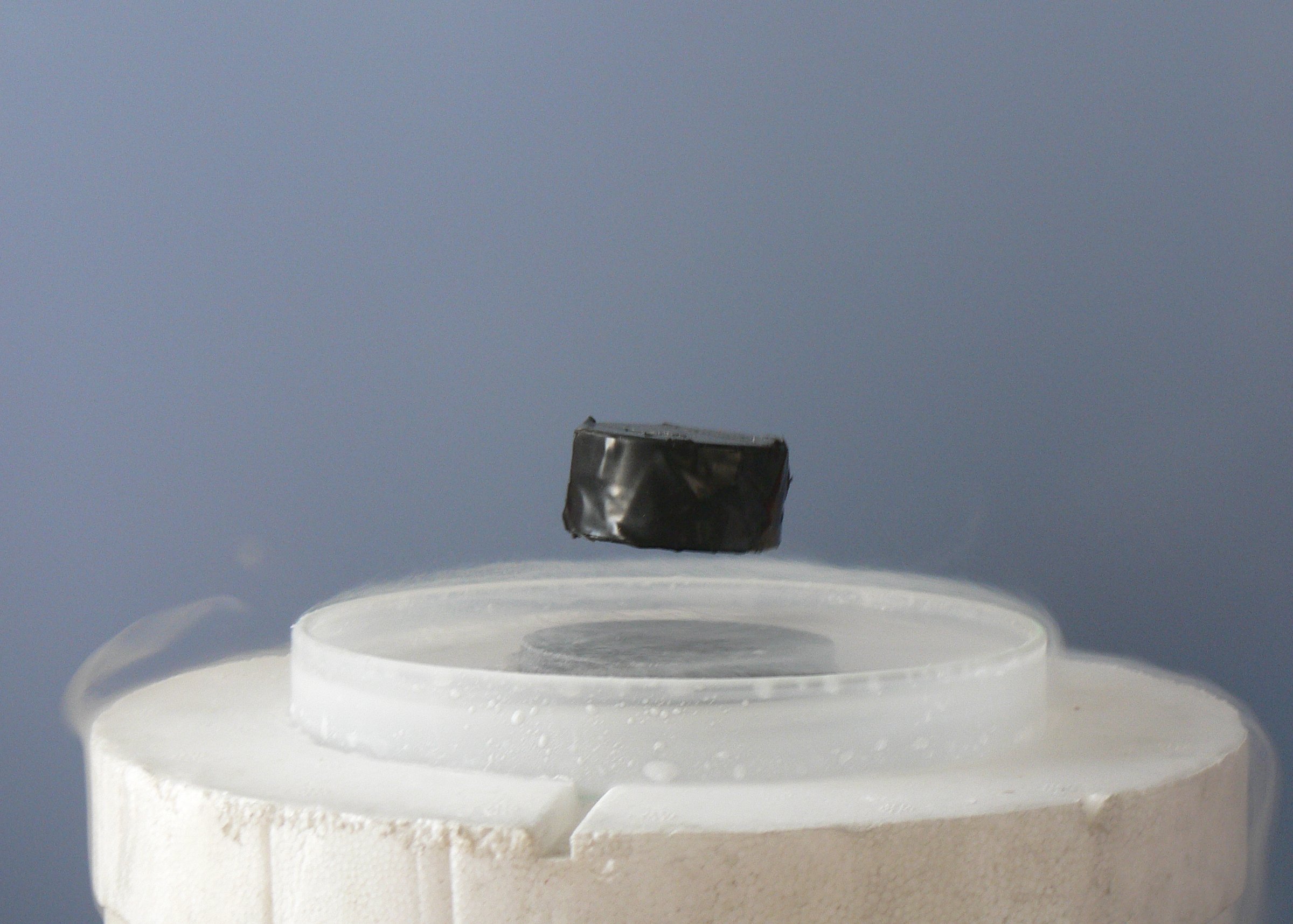
Photo from academic.microsoft.com
Abstract Lead halide perovskites, used to produce photovoltaic devices, have been the subject of a huge research effort these last years. This is due to the spectacular improvement of the… Click to show full abstract
Abstract Lead halide perovskites, used to produce photovoltaic devices, have been the subject of a huge research effort these last years. This is due to the spectacular improvement of the conversion efficiency results within a short amount of time. However, some issues have been identified, which include stability, lead use and cost of some precursors. It has recently been shown that low purity, low cost PbI2 could be successfully used in the synthesis of the MAPbI3 perovskite, provided that HCl is added during the synthesis to prevent solubility problems. Thus, it is of high interest to provide information pertaining to the material quality, in relation with the HCl additions performed during synthesis. In this work, we have grown three sets of samples with different HCl to (PbI2 + MAI) molar ratios (RHCl), where PbI2 and methylamine iodide (MAI) are the precursors of the perovskite. We used RHCl = 0 (no HCl), 0.5 and 1.2. We performed x-ray diffraction, transmittance and 77K photoluminescence experiments in order to assess the material structural and optoelectronic properties and found that an optimum HCl concentration must be used. HCl introduction clearly has a beneficial effect both on domain sizes and photoluminescence intensity at RHCl = 0.5, but lead to subsequent degradation of the perovskite quality at higher RHCl.
Journal Title: Superlattices and Microstructures
Year Published: 2018
Link to full text (if available)
Share on Social Media: Sign Up to like & get
recommendations!